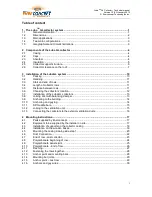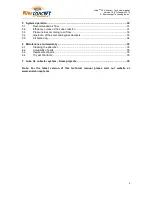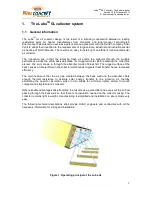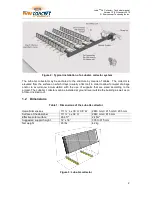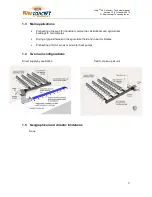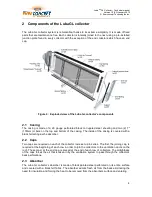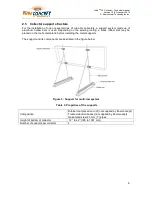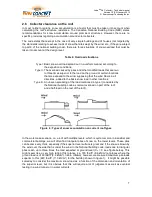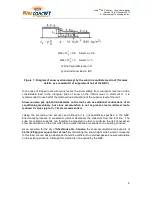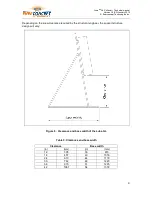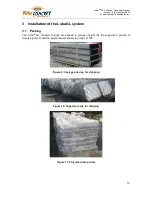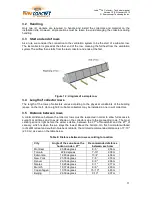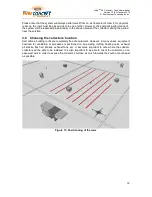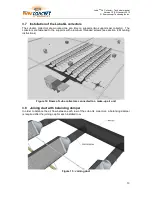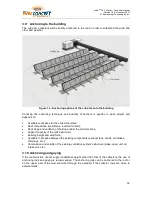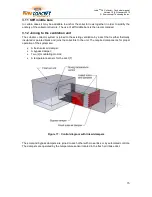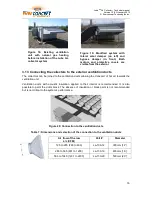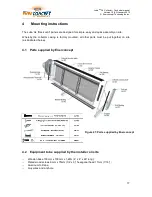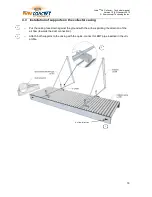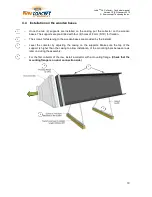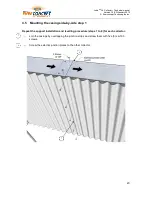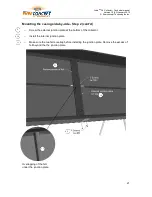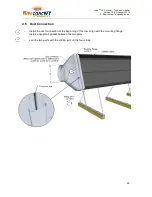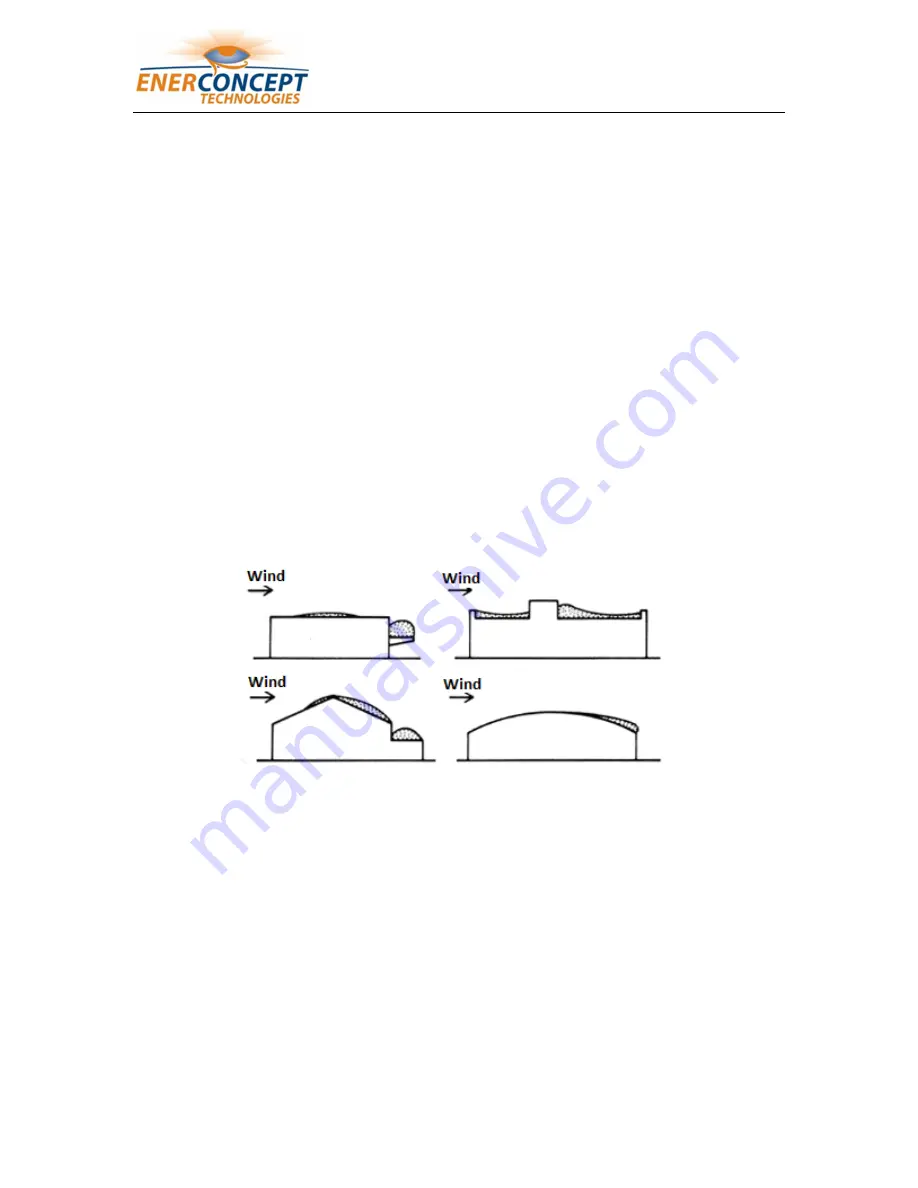
Luba
MD
GL Collector – Technical manual
Version 1.0-EN-January 2012
© Enerconcept Technologies inc.
7
2.6 Collector clearance on the roof
In most northern regions, snow accumulation is a factor that must be taken into account when
calculating the roof’s structure resistance. The Canadian National Building Code (NBC) states
recommendations for snow accumulation around prominent structures. However, there are no
specific provisions regarding accumulation around solar collectors.
The code states that except in the case of very simple buildings and of houses (not targeted by
the standards relating to excess loads of snow that are swept by the wind, etc., if they are subject
to part 9 of the national building code), there are three situations of snow overload that must be
taken into account at the design level:
Table 4: Overload situations
Type I. Basic snow overload spread out in a uniform manner according to
the exposition conditions;
Type II. The overload caused by piles and other modified loads that are two
to three times superior to the load on the ground at certain locations
that are exposed to the wind, supposing that the wind blows in all
directions, added to the basic snow load in other locations;
Type III. An uneven spreading of the load mentioned in type I (considered by
the National building code as normal overload on part of the roof
and a half-load on the rest of the roof).
Figure 6 : Types of snow accumulation on current roof types
In the worst case scenario, on a roof with multiple levels, which is quite common in industrial and
commercial buildings, we will often find triangular piles of snow on the lower levels. These piles
can become very thick, especially if the superior level surface is great and if the snow is blown by
the wind over the side that is under the wind. In the National building code, loads due to triangular
piles reach up to three times the load expected at ground level (C
s
= 3, see figure below). This
might seem like a very high ratio at first glance (i.e. 180 lbs/ft² (8.6 kN/m²) at places where the
ground load is of 60 lbs/ft² (2.9 kN/m²), like in Ottawa); however, we mesured maximum pile loads
superior to this (240 lbs/ft² (11.5 kN/m²) for the building shown in figure 1). It might be possible
someday to consider the maximum snow load as a function of the dimension and orientation of
the superior level, but it is obvious that this will require a lot of judgement as well as eventual
testing in a wind tunnel or in water currents.


